For coffee enthusiasts, Mandheling and Toraja beans offer an irresistible charm. Each of these varieties boasts unique characteristics and flavors, providing drinkers with a diverse range of experiences. Mandheling is renowned for its rich aroma and deep taste, while Toraja stands out with its fruity notes and sweetness. By getting to know these beans, you can undoubtedly enhance your coffee journey.
In this article, we’ll cover everything from the basics of Mandheling and Toraja to their flavor differences and similarities, as well as recommended brewing methods. Let’s dive into the world of coffee and discover tips for savoring that perfect cup.
- An overview of the essential characteristics of Mandheling and Toraja
- A look at the flavor differences and commonalities between the two beans
- Suggestions for brewing and storing coffee to maximize enjoyment
Discover the Basics of Mandheling and Tobaco Coffee
Mandheling and Tobaco are two of the most popular coffee beans out there. Each boasts its own unique flavors and characteristics, making them favorites among coffee enthusiasts. Mandheling is produced on the Indonesian island of Sumatra, known for its deep taste and rich aroma. On the other hand, Tobaco is cultivated in Central America, particularly in El Salvador, and is celebrated for its fruity and sweet flavors. In this section, we’ll delve into what makes Mandheling special and what attracts coffee lovers to Tobaco.
The Characteristics of Mandheling
Mandheling is beloved for its distinct flavor and body, earning a loyal following among coffee aficionados. Its deep flavor profile is richer compared to other coffee beans, often featuring notes reminiscent of nuts and spices. Additionally, Mandheling is known for its low acidity, making it easy to enjoy—perfect for sipping black.
- Mandheling is produced on the Indonesian island of Sumatra
- Known for its deep flavor and low acidity
- Enjoy hints of nuts and spices
The Allure of Tobaco
Tobaco coffee beans shine with their fruity sweetness. This variety stands out for its rich aroma, delivering a burst of fruity sweetness with every sip. The flavor of Tobaco can vary depending on the roast level, but it typically shines best at a medium roast. Its refreshing taste makes it suitable for any occasion.
- Tobaco is characterized by its fruitiness and sweetness
- Experience a rich aroma
- Best highlighted at a medium roast
Exploring the Differences and Similarities in Flavor
Mandheling and Toba are both captivating coffee beans, each with distinct flavor profiles. Mandheling is known for its deep body and rich aroma, while Toba stands out for its fruity sweetness. Understanding these differences can help you decide which coffee to choose or how to enjoy them. Let’s dive deeper into the unique flavors of Mandheling and Toba.
The Flavor of Mandheling
Mandheling is celebrated for its unique taste, particularly its nutty and spicy notes. When you take a sip, you’ll experience a rich body paired with a subtle sweetness. Additionally, Mandheling has a low acidity, which contributes to its smooth mouthfeel. This makes it a favorite among coffee lovers, from beginners to connoisseurs alike.
- Mandheling features nutty and spicy aromas
- Enjoy a rich body and sweetness
- Low acidity for a smooth mouthfeel
The Taste of Toba
Toba is characterized by its pronounced fruity sweetness. The moment you take a sip, you’re greeted by a vibrant, fruit-like aroma that enhances its drinkability. The flavor of Toba can vary with roasting; often, a medium roast will highlight its fruity notes beautifully. With its refreshing profile, Toba is an excellent choice for a post-meal coffee.
If you’re interested in learning more about different types of coffee, check out this article: “A Comprehensive Guide to Coffee Varieties: Find Your Perfect Cup”. It provides detailed insights into the characteristics and flavor transformations of various coffee beans, enriching your coffee experience.
- Toba is known for its fruity sweetness
- Enjoy a fruit-like aroma
- Medium roast enhances its flavor
Savoring the Perfect Cup
To truly enjoy Mandheling and Tobaco coffee, mastering the right brewing and storage methods is essential. Each of these beans has its own unique flavor profile, and when brewed correctly, their distinct qualities can shine through. Additionally, keeping the beans fresh is just as important. In this section, we’ll delve into some recommended brewing techniques and tips for proper storage.
Recommended Brewing Methods
When brewing Mandheling or Tobaco, drip brewing and French press are particularly great options. The drip method is excellent for extracting the beans’ aroma, allowing you to enjoy a smooth mouthfeel. On the other hand, using a French press helps extract the coffee oils, resulting in a rich and robust flavor. Pay attention to the grind size and water temperature; these factors are key to brewing a delicious cup of coffee.
- Drip brewing enhances the aroma
- French press offers a rich flavor
- Pay attention to grind size and water temperature
Tips for Storing Coffee
To keep your coffee beans fresh, it’s crucial to follow proper storage methods. First and foremost, avoid direct sunlight and store them in a cool, dry place. Using an airtight container and keeping it in a dark spot can help preserve the aroma and flavor for a longer time. Additionally, consider portioning out the beans into smaller amounts so that you only open what you need, preventing oxidation each time you access the container.
- Avoid direct sunlight and store in a cool, dry place
- Use an airtight container in a dark spot
- Portion out the beans to prevent oxidation
Your Coffee Experience Changes with Your Choice
When it comes to enjoying coffee, the selection of beans plays a crucial role. This is especially true for beans with distinct characteristics, like Mandheling and Toraja. Understanding their quality and specific traits is essential to get the most out of your coffee experience. In this section, we’ll delve into how to assess quality and what to keep in mind when making your purchase.
How to Assess Quality
When selecting Mandheling or Toraja beans, start by checking the origin, roast level, color, and shape of the beans. High-quality Mandheling beans are typically larger and have a consistent color. For Toraja, being able to detect a fruity aroma is also a key indicator of quality. Additionally, looking into the producer or farm information can provide peace of mind when making a purchase.
- Check the origin and roast level of the beans
- Choose beans with a uniform color
- Look into the producer and farm information
Things to Consider When Purchasing
One of the most important factors to keep in mind when buying coffee beans is freshness. To ensure you’re selecting fresh beans, opt for those that have the roast date clearly indicated. It’s also vital to check how the beans have been stored—make sure they’ve been kept in a place free from moisture and direct sunlight. Purchasing from reputable stores or online shops can help ensure you get high-quality coffee.
- Choose beans with a clearly marked roast date
- Check the storage conditions
- Buy from trusted stores or online retailers
Conclusion
We’ve explored the allure of Mandheling and Tobaco coffee from various angles. Mandheling is known for its rich body and aromatic qualities, while Tobaco stands out with its fruity notes and sweetness. By selecting and brewing these beans correctly, you can enjoy a rich coffee experience. Additionally, understanding how to assess quality and store your coffee is crucial, as maintaining freshness is key to unlocking its delicious flavor.
To truly appreciate coffee, it’s important to learn how to choose the right beans and brew them in a way that suits your personal style. We hope that through Mandheling and Tobaco, your coffee journey becomes even more fulfilling.
- Mandheling is characterized by its deep body and aroma
- Tobaco is distinguished by its fruity and sweet notes
- Freshness at the time of purchase and proper storage greatly affect flavor
We’d love to hear about your coffee experiences! Feel free to share your thoughts in the comments!
















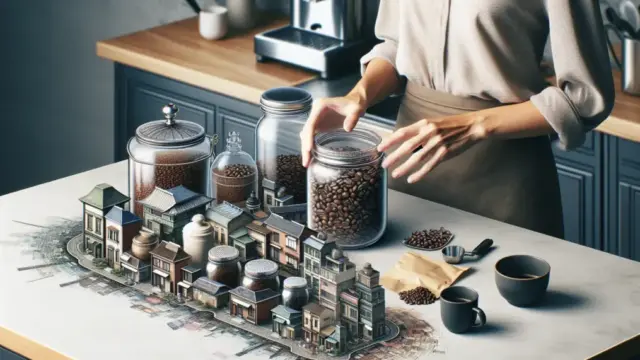



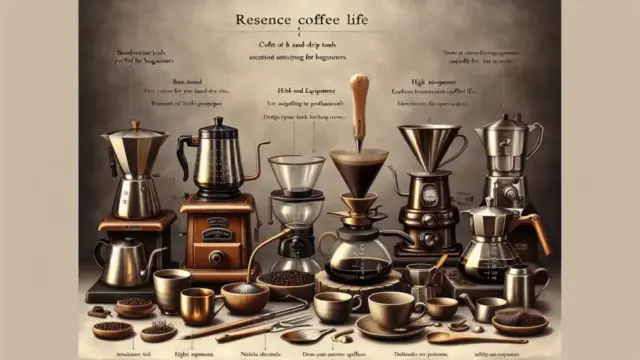











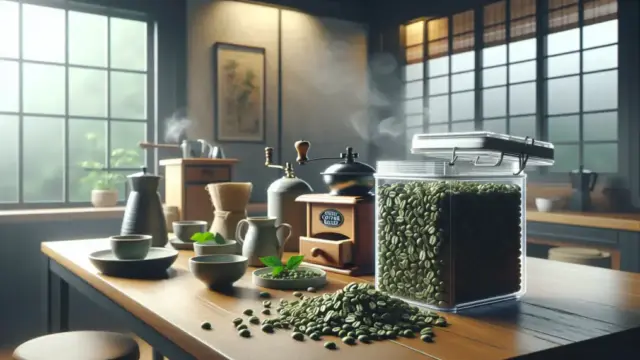
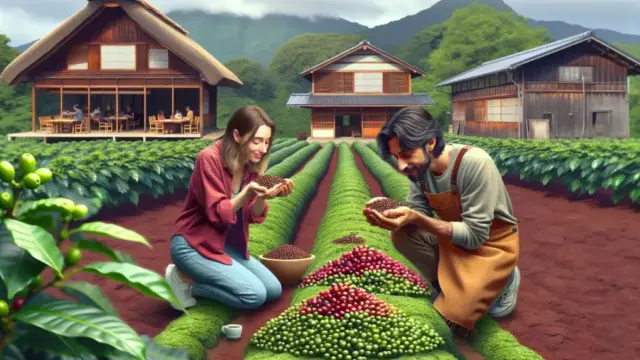


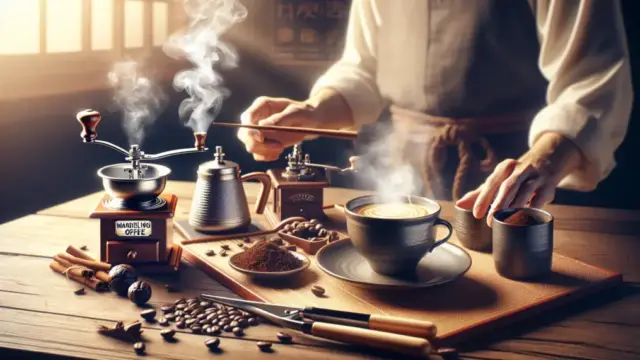









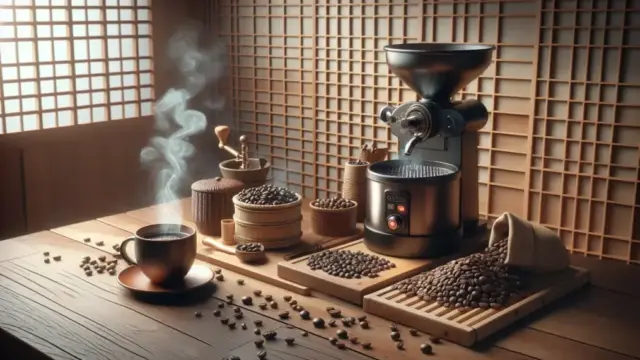


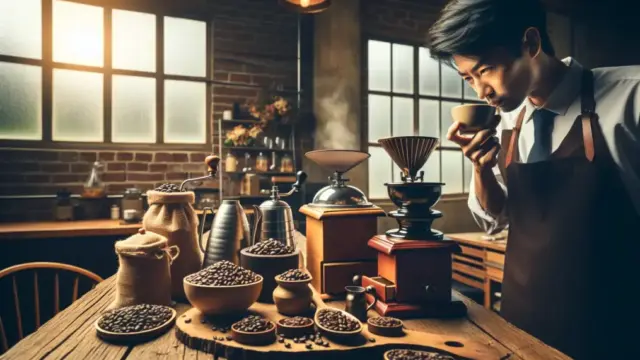












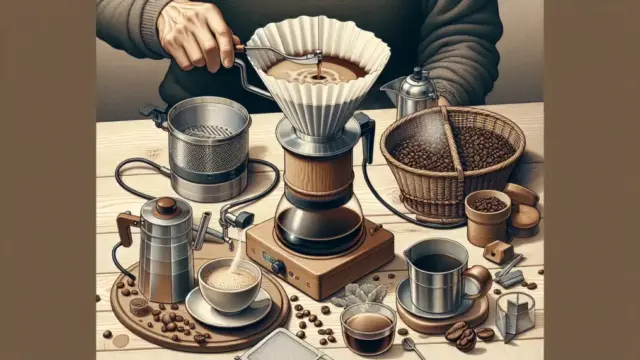




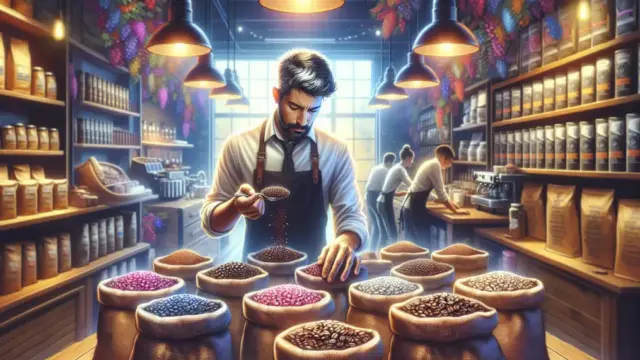


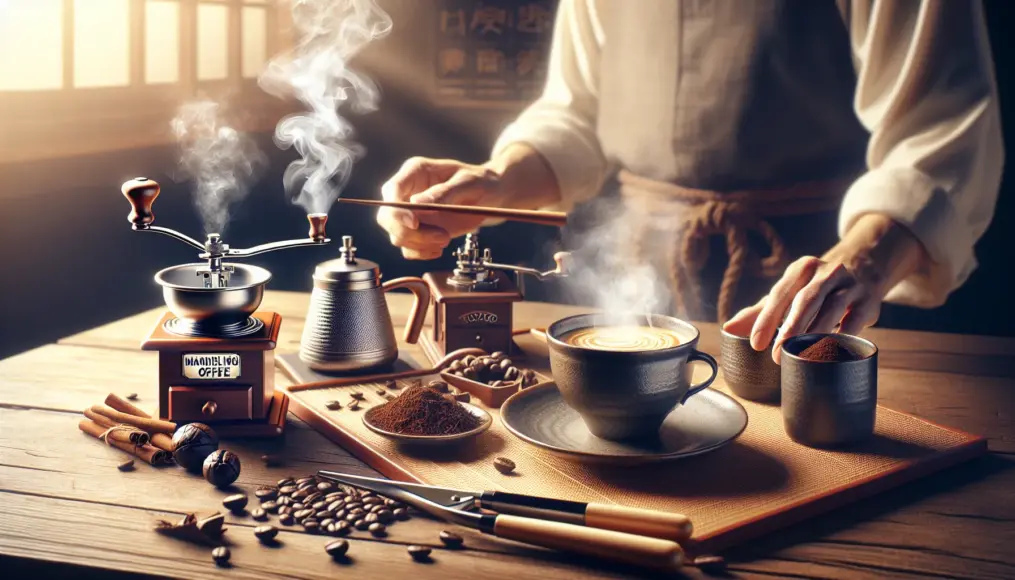

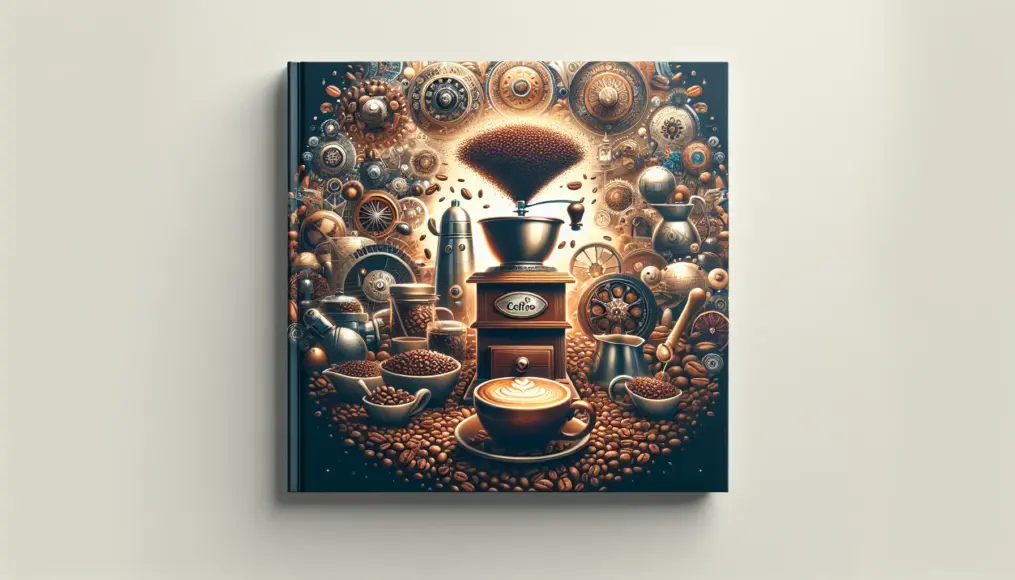
Comment